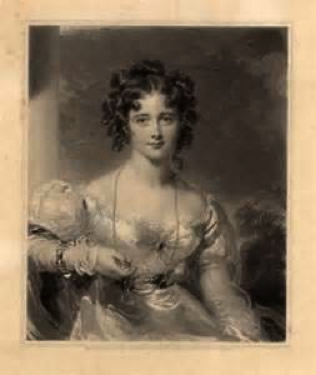With the NHS constantly in the news at this time of year, and the ever-present threat of the closure of Molesey Hospital, we thought you might be interested in knowing about the first Cottage Hospital in Molesey. This report is based on part of a talk given by Dr Ken Brown to the Society a few years ago, and he wishes to acknowledge Rowland Baker’s booklet entitled “The Story of Molesey Hospital”.
There have been three Cottage Hospitals in Molesey: the first, in Manor Road, served the community for four years from 1890; the second, in Pemberton Road, served for the next 42 years, from 1894 to 1936; the third and present Molesey Hospital, in High Street, West Molesey, opened in 1936 and hopefully will remain for many years to come. There was also a Molesey Isolation Hospital from 1911 to 1933.
The first cottage hospital in England opened in Cranleigh, Surrey, in 1859. In 1874 an attempt was made to provide a cottage hospital in Molesey, and Lady Harriet Hoste, who lived at Hampton Court Palace, promised a rent-free house. The proposal was rejected, opposed by local property owners including Francis Jackson Kent, who owned over 100 acres in East Molesey – they feared that such an establishment in a respectable area would reduce property values.
In 1889 a second attempt was made, and met the same opposition, but this time the campaign was saved from collapse by the Dowager Lady Barrow. Although nearly 80, she had sufficient social and political clout to get the project through. She was an interesting lady!
Her name was Rosamond and she was the 21st child of William Pennell, who had been Consul-General in Brazil and later lived at “Green Arden” in Spencer Road. Her eldest sister was married to John Wilson Croker, and lived at The Grove, West Molesey. The couple’s only child had died aged three, and Rosamond was brought up as her eldest sister’s child.
John Wilson Croker was a prominent Tory MP, Principal Secretary to the Admiralty for twelve years and a Privy Councillor. He had been responsible for the Tory Party changing its name to the Conservative Party. He moved in exalted circles and Rosamond is reported to have played with the future Queen Victoria when they were both children. In 1827, when she was 17 years old, her portrait was painted by Sir Thomas Lawrence. The picture caused a sensation and she became known as “The Beautiful Miss Croker”.
She was presented at court, and William IV is said to have kissed her twice, “the first time as a king, the second as a man”. The world was at her feet, but she decided to withdraw from the Court and aristocratic social circles. She married Sir George Barrow, the son of one of the founders of the Royal Geographical Society, and they had eight children.
Towards the end of her life she moved to 17 Kent Road, East Molesey, where she died in January 1906, and her body is in the family grave in West Molesey churchyard.
With her formidable support, the East and West Molesey and Hampton Court Cottage Hospital was opened in May 1890. It was at Waverley Cottage, 19 Manor Road. The building had a lane leading to it, and backed onto the Methodist Church Hall. The name plate on the corner of the lane and Manor Road can still be seen.
There is no record of the number of beds, but in less than two years from its opening, some 70 patients had been treated there. The building was proving too small for the work being carried out there, and in 1894 the Cottage Hospital was transferred to 55 Pemberton Road. Read bout that in a future edition of Molesey Matters.

